Last Updated on July 30, 2021
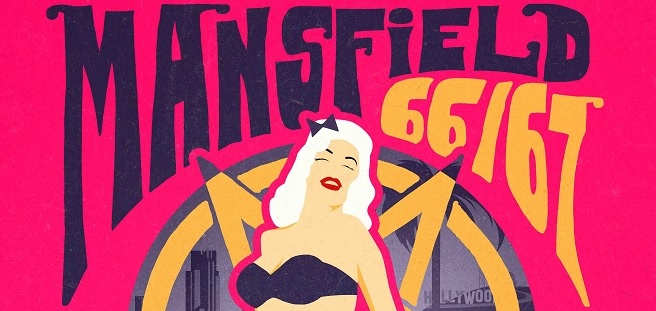
PLOT: An examination of the "rumors and hearsay" regarding a relationship between actress Jayne Mansfield and Anton LaVey, founder of the Church of Satan.
REVIEW: Jayne Mansfield was an actress and sex symbol who hit it big in the 1950s, her success spurred on by comparisons to her contemporary Marilyn Monroe – in fact, her breakthrough came when Twentieth Century Fox signed her to a contract hoping she could be their replacement for Monroe, who had been having troubles with the studio. Alongside Monroe and their fellow blonde bombshell Mamie Van Doren, who had been signed by Universal to be their Monroe substitute, Mansfield was one of "the three Ms".
Van Doren is still with us, but unfortunately the other two of the three Ms met tragic endings while in their thirties. The conspiracy theories that were built around the death of Monroe have gotten a lot of publicity over the years, and even if you aren't familiar with Mansfield's work there's a good chance you've at least heard something about her death. Mansfield died in 1967 when the car she was riding in rounded a curve and slammed into the back of a slow-moving semi truck that was shrouded in the mosquito fog being pumped out by the vehicle in front of it. If you live in the United States, you've probably noticed the underride guards that hang down from back of semi trailers, and these bars are sometimes called "Mansfield bars" because they were added to trailers partially in response to Mansfield's death, since the car she was in went under the truck's trailer. The roof was torn back and the three adults – including Mansfield – riding in the front seat received horrific head injuries.
The accident itself was straightforward, but that didn't stop sensationalized rumors from being spread, like the claim that Mansfield was decapitated, nor did it stop people from coming up with theories about the cause of the accident. For some, this wasn't just a simple case of mosquito fog obscuring the view of the road and an unexpected change of speed. Some believe that the cause of the accident is tied to Mansfield's association with Anton LaVey, the founder of the Church of Satan, during the last year of her life.
Directed by P. David Ebersole and Todd Hughes, the documentary MANSFIELD 66/67 opens with a snippet from an interview with cult filmmaker John Waters in which he says, "You can write anything when someone's dead, you can write a whole book of lies." That's followed by text appearing on the screen to let us know that the documentary itself is "a true story based on rumour and hearsay". The primary focus here are the stories that have been told about Mansfield in the years since her death, stories which no one seems to be able to verify or debunk with 100% certainty.
If you don't know that much about Mansfield, Ebersole and Hughes have you covered. They don't just dive into the juicy stuff, they make sure to provide the necessary information about Mansfield and her career building up to the year 1966, which LaVey had called "Year 1" himself, the first year under Satan. Her reputation for being the "smartest dumb blonde" around, her family life, the fact that she loved publicity and tried to share as much of her life with her fans as possible, the establishment of her "pink palace" mansion, it's all in there. Clips from Mansfield's films allow viewers who haven't seen them to see her in action and get an idea of what her screen presence was like.
The documentary also devotes time to giving us an idea of who Anton LaVey was. Although he was considered to be evil because of the church he started, we're told in a great quote from a "Satanic scholar" that he was more Count Chocula than Charles Manson. It's when the actress who lived in a pink palace on Sunset Boulevard decided to stop by the black house in San Francisco that LaVey's church was based out of that things started to get weird. It's a documented fact that Mansfield went there, there are pictures to prove it, and while she was there LaVey named her a High Priestess of the church. It's also a documented fact that LaVey visited the pink palace some months later. What sort of relationship Mansfield and LaVey had during those months isn't clear. Were they romantically involved? Did Mansfield become a practicing Satanist? This documentary isn't here to give solid answers, it's just interested in examining the gossip. The whispers that LaVey had placed a curse on Mansfield's lawyer/boyfriend. A curse that led to that car crash.
The section of the documentary that delves into the mysterious connection between Mansfield and LaVey draws the attention of the horror genre fan, as the events in Mansfield's life got kind of OMEN-ish. LaVey had been a lion tamer and kept a pet lion in his home. When Mansfield's children learned that she had been around a lion, they wanted to meet a lion themselves. And during a trip to the zoo, one of her sons ended up being mauled by a lion.
Mansfield's son being mauled, that's fact. Whether or not LaVey saved the child's life by performing a Satanic ritual, well… that's up to you to decide. This documentary just lets you know that some people believe he did.
Making this section of the documentary even more appealing to genre fans is the appearance of THE BIRDS star Tippi Hedren, who ended up taking in LaVey's lion and giving it a role in the famously troubled "lions run amok" film ROAR. That lion fathered a son who was named Billy in honor of Hedren's friend William Peter Blatty. The author of THE EXORCIST.
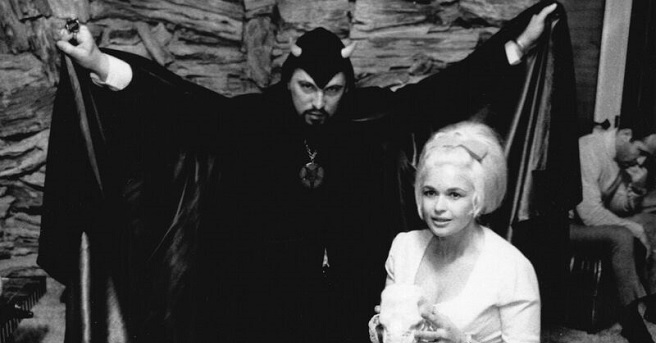
I found MANSFIELD 66/67 to be rather fascinating overall, as Ebersole and Hughes did a good job of making the stories they presented here interesting and in drawing the viewer into Mansfield's life. This documentary made me more of a Mansfield fan than I have been up to this point, and has made me want to binge watch my way through her films as soon as possible. However, I did have some issues with the execution.
In addition to telling its stories through archival footage and interviews, MANSFIELD 66/67 also features moments with a sort of "Greek chorus" of performers who sing out parts of Mansfield's bio and even do some interpretive dancing to act out certain situations in her life. Pretty much any time the documentary would cut away to these performers, they would make me cringe. This device didn't work for me at all, I wish it wasn't in there. The most egregious use of this chorus comes when archival footage featuring shots of what's left of the car Mansfield died in and of an interview with the man who embalmed her is shown in a split screen with some of the chorus members playing with toy cars while one of them puts on a fake Southern accent to paraphrase what is being said in the archival footage. What the purpose of this was, I couldn't tell you, but I found it to be quite annoying.
Much better to me were the recreations that were done in animation. For example, we see an animator's interpretation of LaVey performing his supposedly life-saving ritual.
I also didn't really approve of the way the filmmakers included death scene photos from the crash. Some of these images stayed on the screen too long for my taste, as we're shown the mangled corpses of the people killed in the crash, including Mansfield. She was scalped in the crash, and either her scalp or a wig, or both, appears in one of the shots – the shot that convinced some people she had been decapitated. She wasn't decapitated, but a pet chihuahua she had with her somehow nearly was, and even the image of that dead little dog lingers on the screen for several seconds.
Some of the choices Ebersole and Hughes made while putting this documentary together were highly questionable, but overall I was interested enough in the subject that I'm left with a positive impression and would recommend MANSFIELD 66/67 to anyone with even a minor interest in the story of Mansfield's life, whether you've seen any of her movies or not.


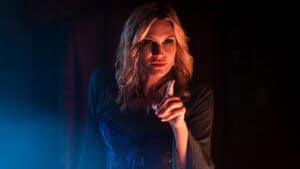

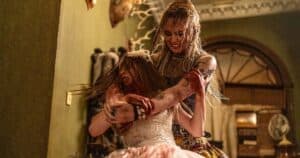


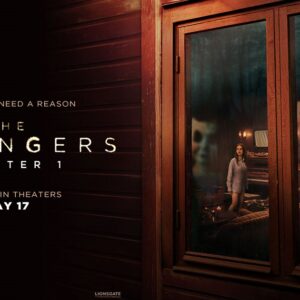
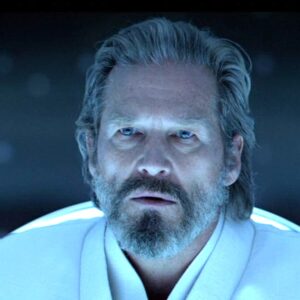
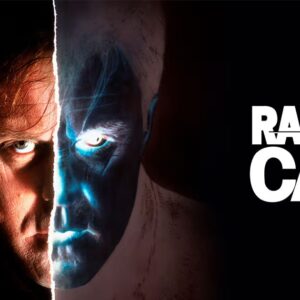

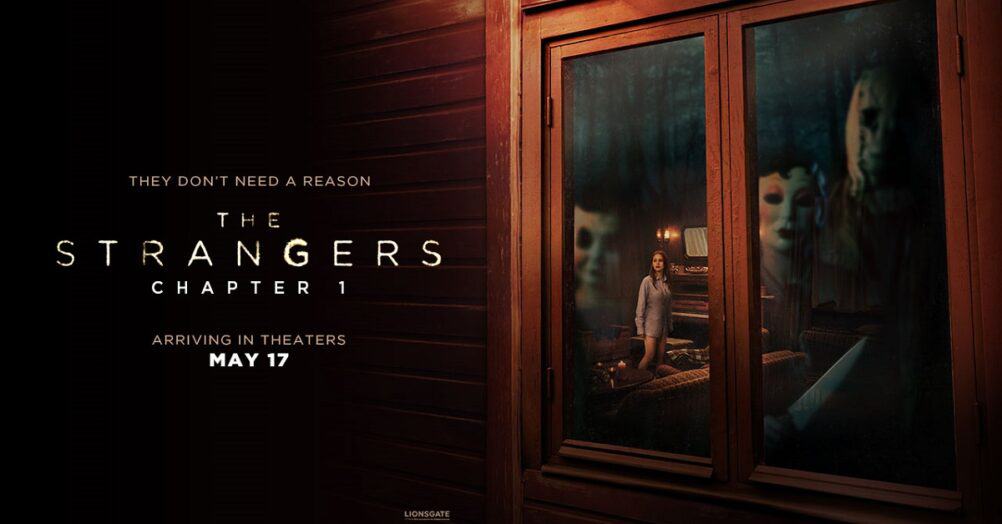
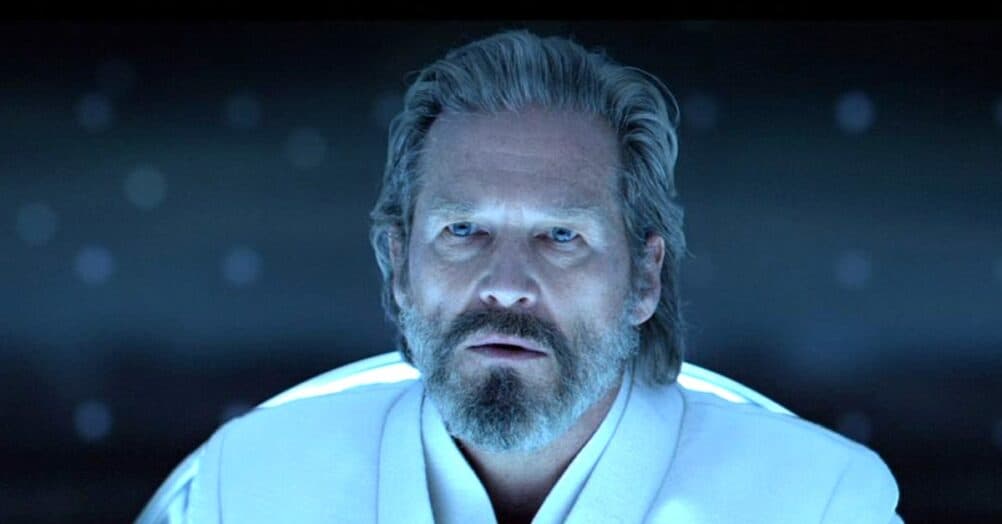
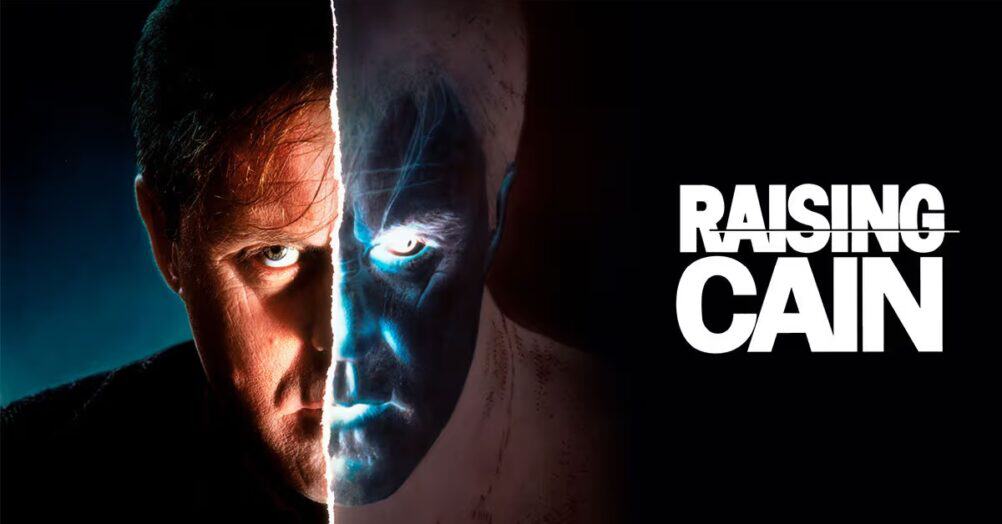
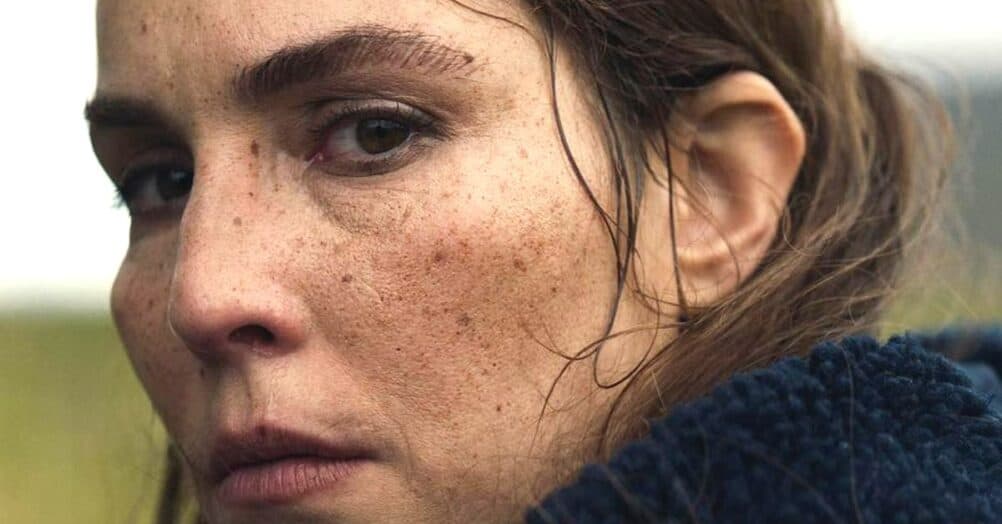

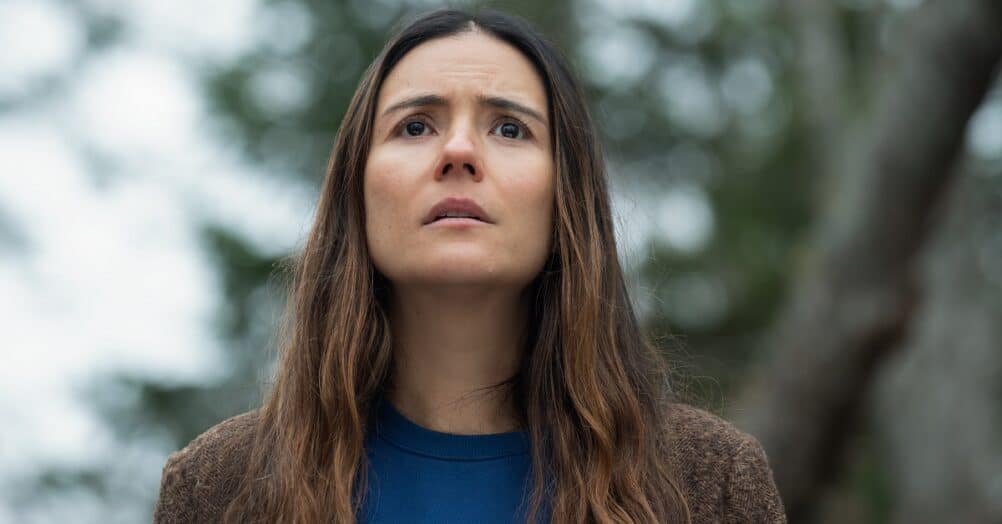


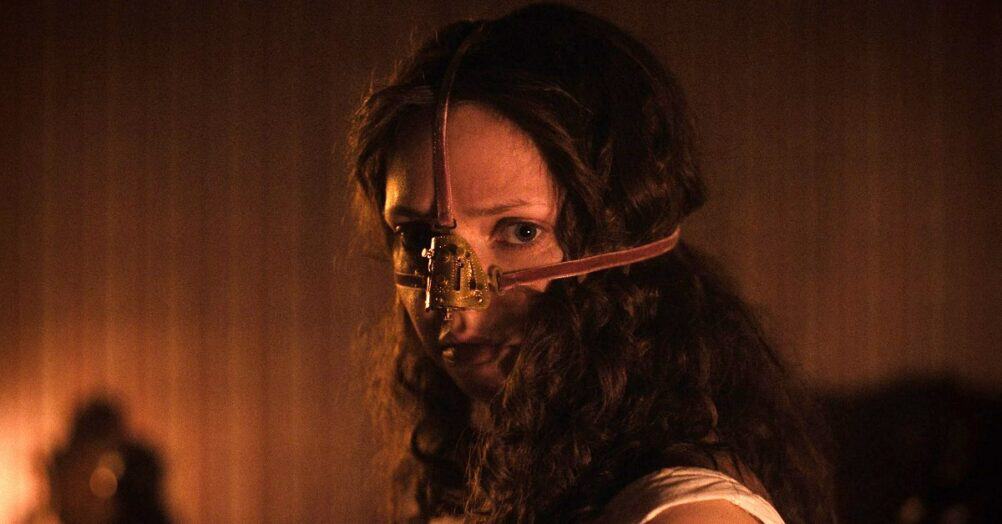
Follow the JOBLO MOVIE NETWORK
Follow us on YOUTUBE
Follow ARROW IN THE HEAD
Follow AITH on YOUTUBE